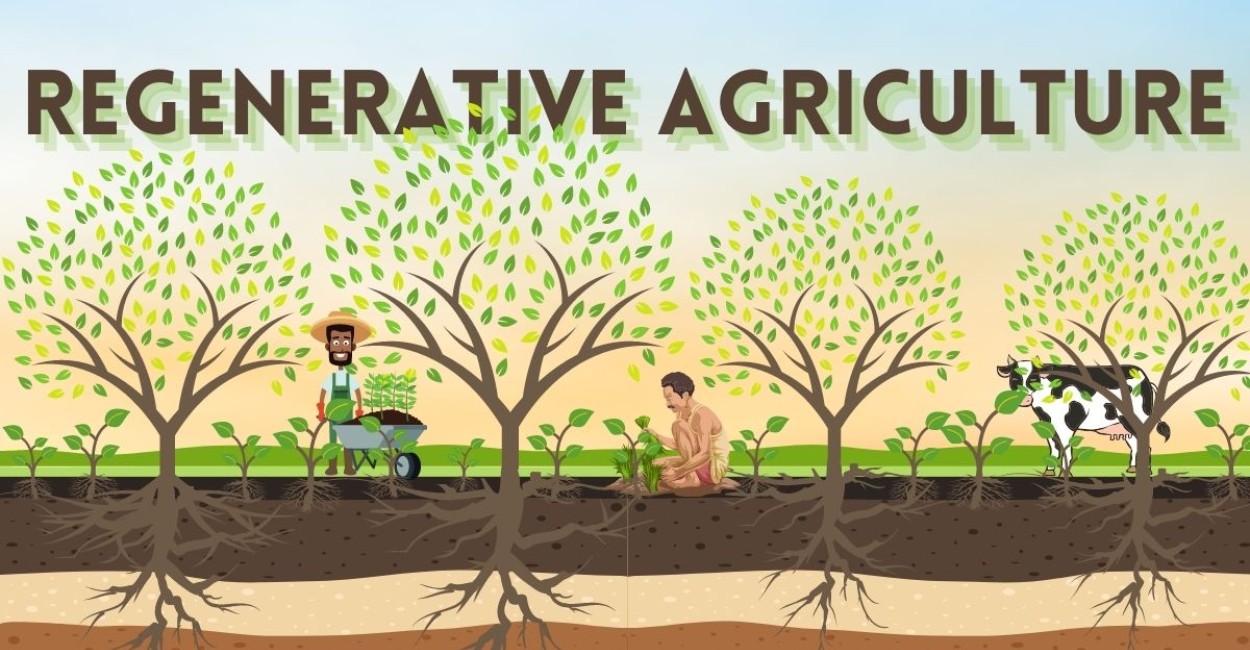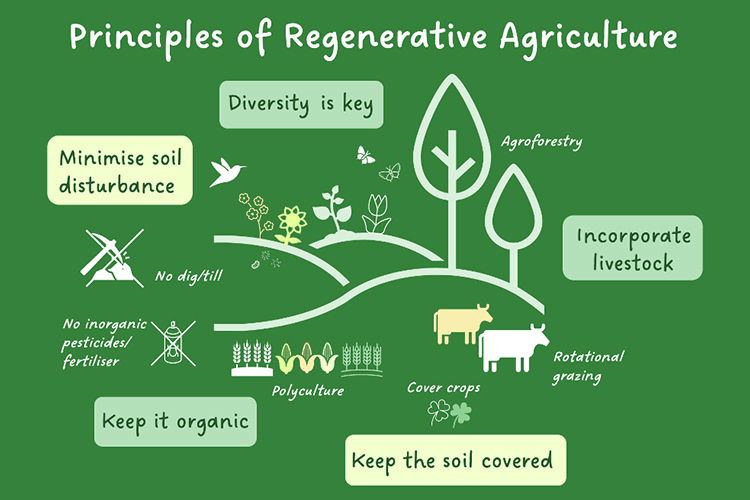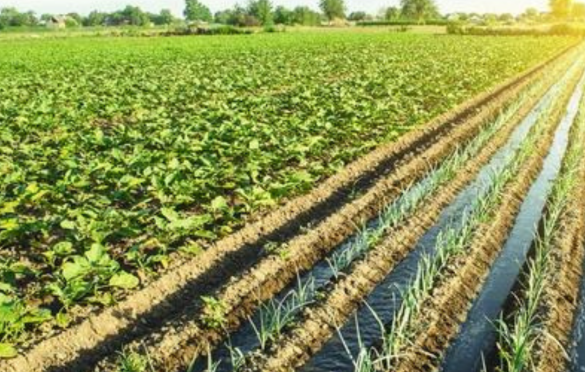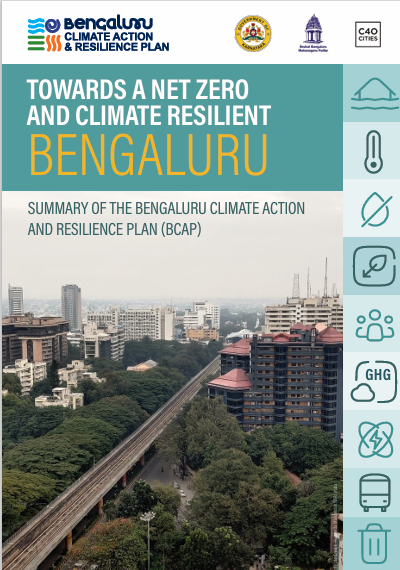
Introduction
Regenerative agriculture is a holistic farming approach aimed at restoring and enhancing the health of ecosystems, particularly soil health. This method not only ensures sustainable food production but also contributes significantly to mitigating climate change by sequestering carbon dioxide (CO₂) in the soil. As global concerns about climate change intensify, carbon credits have emerged as a financial incentive for farmers practicing regenerative agriculture. This essay explores how farmers can implement regenerative agriculture practices and leverage carbon credits to both improve their livelihoods and contribute to environmental sustainability.
Understanding Regenerative Agriculture
Regenerative agriculture is rooted in principles that seek to restore ecological balance. These principles include improving soil health, enhancing biodiversity, conserving water, and reducing dependency on synthetic inputs. Unlike conventional farming, which often depletes soil nutrients and contributes to greenhouse gas emissions, regenerative agriculture focuses on building healthy soils that can absorb and store significant amounts of carbon.
Key practices in regenerative agriculture include:
- Cover Cropping: Planting cover crops like legumes, grasses, and clovers helps protect the soil from erosion, improves soil structure, and enhances nutrient cycling. These crops also capture CO₂ from the atmosphere, which is then stored in the soil.
- Crop Rotation: Rotating crops disrupts pest and disease cycles, reduces the need for chemical inputs, and improves soil fertility. This practice also encourages a diverse microbial population in the soil, which aids in carbon sequestration.
- Reduced Tillage: Minimizing soil disturbance through reduced or no-till farming helps maintain soil structure, preserves organic matter, and reduces the release of CO₂ from the soil.
- Agroforestry: Integrating trees and shrubs into farming systems increases biodiversity, improves water retention, and enhances carbon storage above and below ground.
- Holistic Grazing Management: Rotational grazing of livestock allows pastures to regenerate, increases plant biomass, and enhances soil carbon sequestration.

The Role of Carbon Credits in Regenerative Agriculture
Carbon credits represent a tangible financial mechanism that rewards farmers for reducing or sequestering greenhouse gas emissions. One carbon credit is equivalent to one metric ton of CO₂ removed or reduced from the atmosphere. By implementing regenerative practices, farmers can increase the amount of carbon stored in their soils and vegetation, thus earning carbon credits that can be sold on carbon markets.
Steps for Farmers to Earn Carbon Credits
- Adopt Regenerative Practices: Farmers must first implement regenerative practices that lead to measurable carbon sequestration. This often requires transitioning from conventional farming methods, which may involve initial costs but yield long-term benefits in terms of soil health, productivity, and environmental impact.
- Measure and Verify Carbon Sequestration: To earn carbon credits, farmers must measure the amount of carbon sequestered on their land. This typically involves soil testing and monitoring, which can be done with the help of agricultural extension services, carbon credit certifiers, or specialized technology providers.
- Enroll in Carbon Credit Programs: Farmers can participate in various carbon credit programs or marketplaces, such as the Carbon Farming Initiative (CFI) in Australia, the California Carbon Offset Program, or voluntary carbon markets like the Verified Carbon Standard (VCS). These programs provide guidelines, verification protocols, and platforms for trading carbon credits.
- Sell Carbon Credits: Once verified, carbon credits can be sold to companies or individuals seeking to offset their emissions. This provides farmers with an additional revenue stream, which can be reinvested into further regenerative practices or used to enhance farm profitability.
Challenges and Opportunities
While the potential benefits of regenerative agriculture and carbon credits are significant, there are challenges that farmers may face. These include the initial cost of transitioning to regenerative practices, the need for education and training, and the complexities of measuring and verifying carbon sequestration. However, these challenges can be mitigated through government incentives, technical assistance, and partnerships with environmental organizations.
Moreover, as the demand for carbon credits increases, particularly from corporations seeking to meet sustainability goals, the economic opportunities for farmers are likely to expand. By positioning themselves as stewards of the environment, farmers can play a crucial role in addressing climate change while securing their livelihoods.
Conclusion
Regenerative agriculture presents a powerful solution to some of the most pressing environmental challenges of our time. By adopting regenerative practices, farmers not only enhance the resilience and productivity of their land but also contribute to the global effort to mitigate climate change. The ability to earn carbon credits provides an additional incentive, creating a win-win scenario where farmers benefit economically while fostering environmental sustainability. As awareness and demand for carbon credits grow, more farmers will likely embrace regenerative agriculture, paving the way for a more sustainable and resilient agricultural future.




Leave a Reply